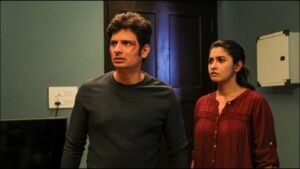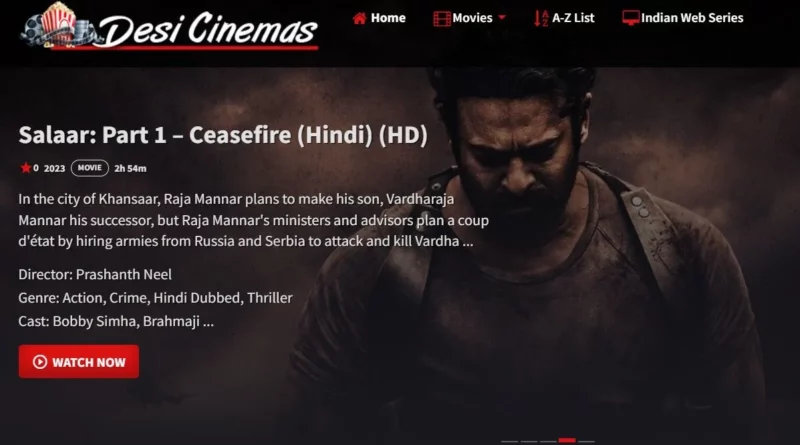Exploring Desi Cinema: A Celebration of Culture, Creativity, and Diversity
Desi cinema, often referred to as Indian cinema, is a dynamic and vibrant part of the global film industry, encompassing a range of regional languages, cultures, and traditions. From the grandeur of Bollywood to the innovative and thought-provoking works in regional cinema, Desi films provide an authentic window into the diverse and complex world of South Asia. In this blog, we’ll delve into the evolution, the unique aspects, and the growing influence of desicinema on a global scale.
The Evolution of Desi Cinema
Desi cinema has a rich history that dates back over a century. The first Indian film, Raja Harishchandra, was released in 1913, directed by Dadasaheb Phalke, and marked the beginning of an era that would see the birth of an industry now revered globally. From the silent films of the early 20th century to the musical extravaganzas and dramatic epics of modern-day Bollywood, Indian cinema has undergone significant transformations in terms of style, storytelling, and technology.
Bollywood, based in Mumbai (formerly Bombay), is the largest and most prominent sector of Indian cinema. It produces hundreds of films annually, renowned for their colorful sets, emotional storylines, elaborate dance sequences, and melodious music. However, the influence of Desi cinema extends far beyond Bollywood.

The Art of Storytelling
What sets Desi cinema apart is its unparalleled ability to blend multiple genres into one. The vast scope of Desi films often combines romance, action, drama, and comedy, all within a single narrative. Music and dance are deeply integrated into the storytelling process, making the film an immersive experience. The narrative in Indian cinema is also more flexible, often leaning toward larger-than-life heroes, complex family dynamics, societal norms, and cultural values.
While Bollywood tends to dominate the popular imagination globally, it is the regional desicinemas that truly showcases the diversity and depth of Indian filmmaking. For instance, Satyajit Ray, a legendary filmmaker from Bengali cinema, revolutionized the art of storytelling with his focus on social realism and profound human psychology in films like Pather Panchali. Similarly, Malayalam cinema has produced socially relevant films that tackle pressing issues like caste, politics, and gender roles in a way that resonates deeply with audiences.

Conclusion
Desi cinema is a colorful tapestry woven with rich stories, music, dance, and cultural expressions. From the timeless classics of Bollywood to the innovative and socially conscious films of regional cinemas, Indian films continue to make an impact on the global stage. They offer a unique perspective on the complexities of life, love, and society in South Asia while resonating with audiences worldwide. As the world becomes more connected, Desi cinema will continue to evolve, exploring new themes, embracing diverse voices, and captivating audiences with its emotional depth and creativity.
The future of Desi cinema looks brighter than ever, and the world is ready to experience its multifaceted stories, dramatic flair, and soulful music in even more impactful ways.




